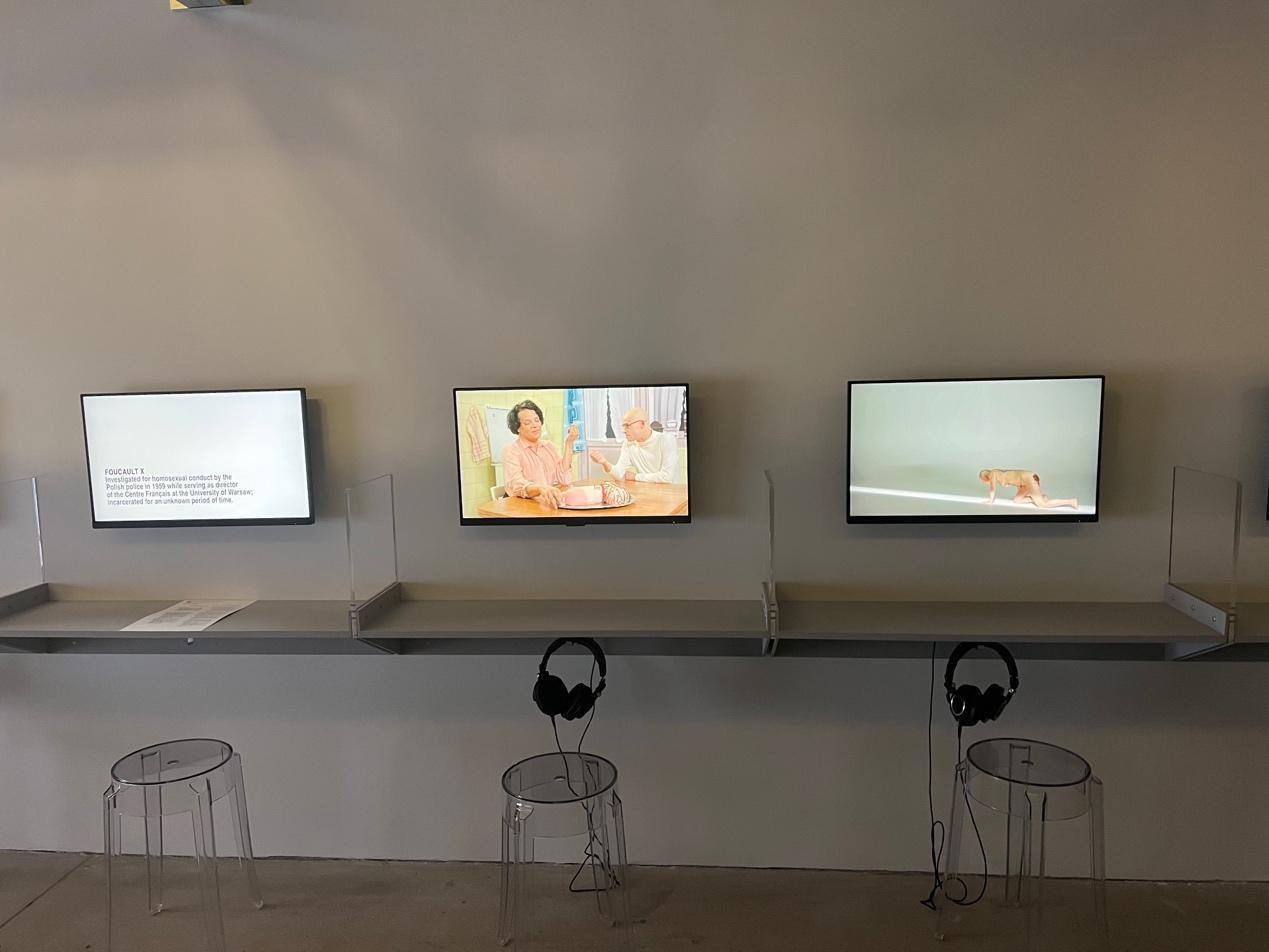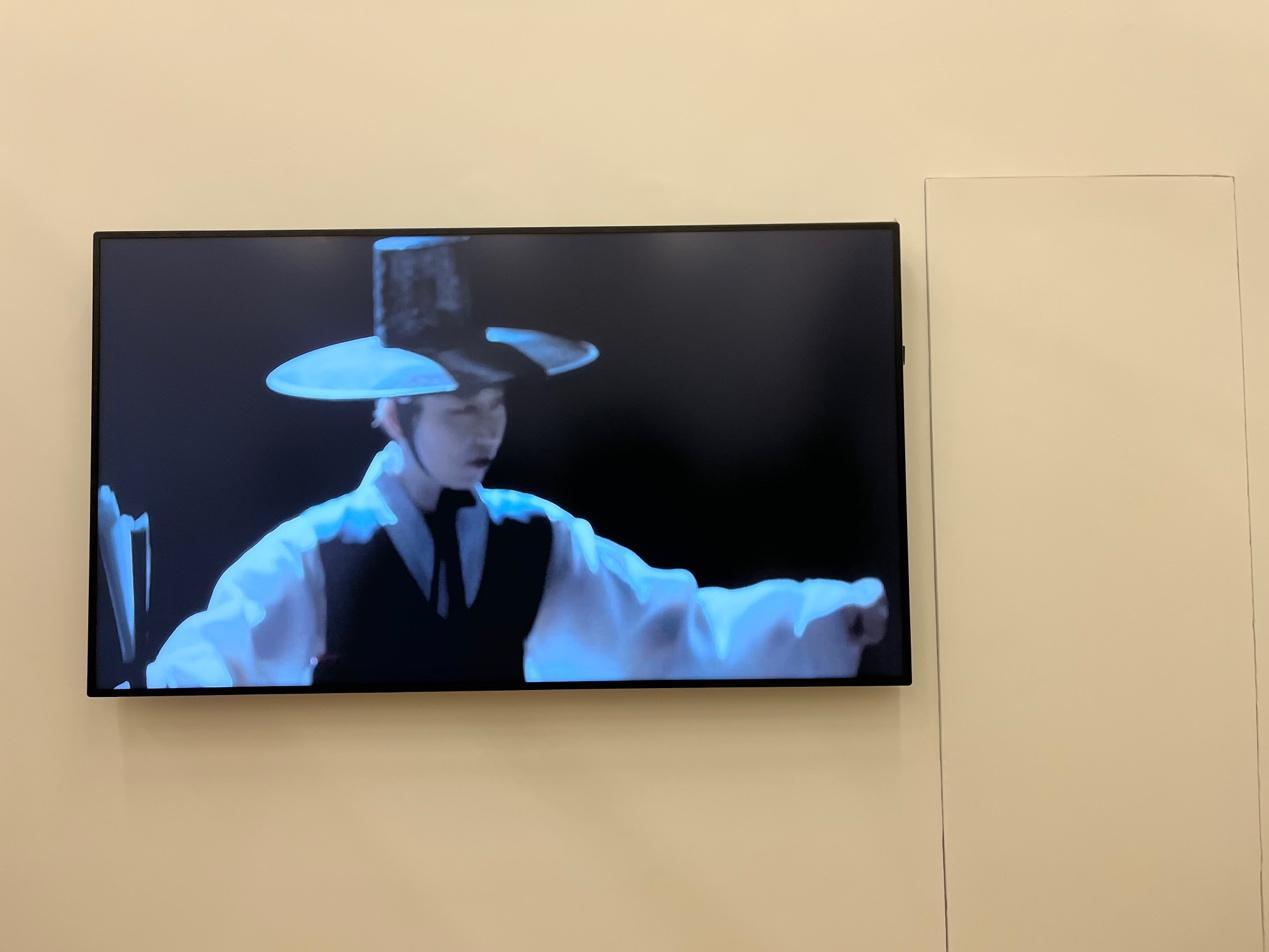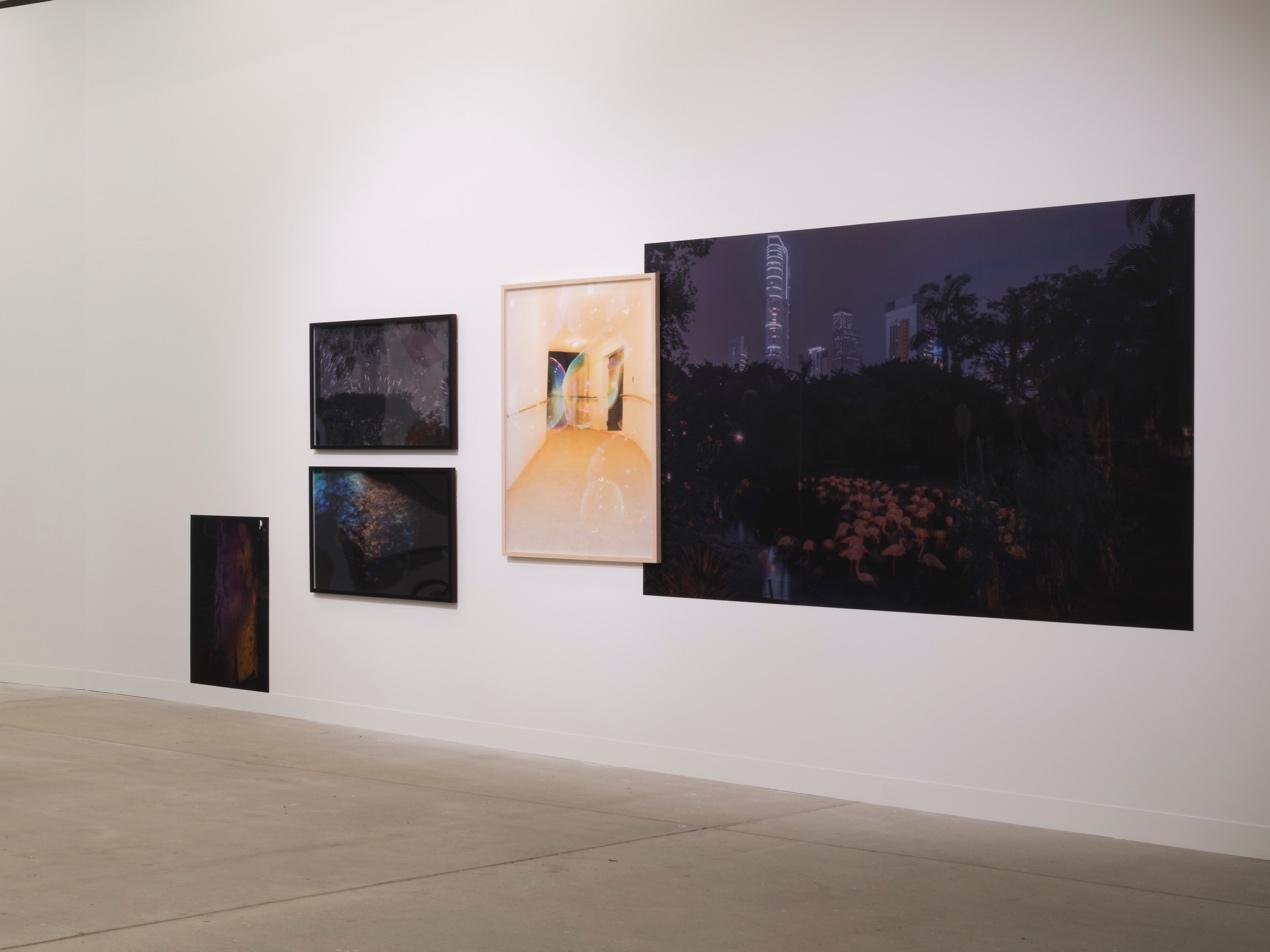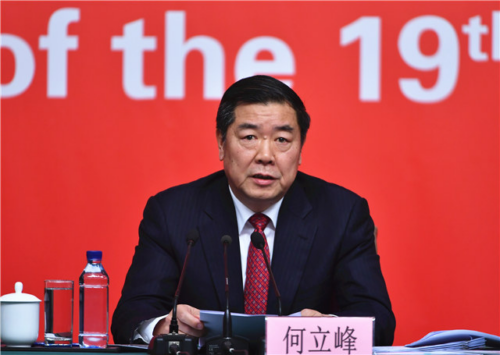Celebrated and censored: Hong Kong’s first major LGBTQ-themed art exhibition
"Myth Makers — Spectrosynthesis III," currently showing at Tai Kwun Contemporary gallery, represents the first major exhibition to shine a light on LGBTQ issues and perspectives from gender minorities in Hong Kong.

For casual gallery goer Kay Hong, going to a public museum in Hong Kong rarely makes her feel challenged or enlightened. But that’s the mental state she found herself in — along with “slightly bashful,” she says — during her recent trip to Tai Kwun Contemporary, a unique, emerging art space in the city’s Central district.
The exhibition that left her awestruck was Myth Makers — Spectrosynthesis III, the first major exhibition to shine a light on LGBTQ issues and perspectives from gender minorities in Hong Kong.
On view until April 10, the show is the third iteration of a traveling exhibition that revolves around a core concept of “queer mythologies,” and has made previous stops in Taipei and Bangkok. Curated by Inti Guerrero and Chantal Wong, the most recent edition features more than 100 pieces of artwork created by 60 local and overseas artists, with a third of them on loan from other galleries, notably the National Gallery Singapore.
There are several unusual things about Myth Makers, with one being its unlikely location. Tai Kwun, before it was decommissioned in 2006, was home to Hong Kong’s biggest and longest-running prison. Originally built in the 1860s during British colonial times, the facility was part of a compound that also included a magistrate and a police station.
Another unusual aspect is the exhibition’s bold displays of nudity and sexuality. “The visuals are quite avant-garde to me,” Hong told The China Project. For many locals, Myth Makers represents their first encounter with striking art on the theme of queerness.

The sexually explicit content didn’t entirely escape censors. Taiwanese-American artist Shu Lea Cheang’s 2019 Venice Biennale installation “3X3X6,” a mixed media project about cases of imprisonment due to gender and sexual nonconformity, was not allowed to show the video “Foucault X” due to sensitive content.
The show has been broken up into three sections: “Ancient myths,” “On modern body and discipline,” and “Towards a futuristic path of queerness beyond the Anthropocene.” The middle segment is the most dynamic, well-designed, and insightful among the three.

Of the contributions from foreign artists, a highlight is South Korean artist Siren Eun Young Jung’s “Deferral Theater,” a video project that intertwines various threads from the last decade of the artist’s research into the Yeoseong Gukgeuk theatrical form, in which all of the roles are played by women and gender expectations are frequently subverted.
Another noteworthy piece from this category is a portrait from the photo series “Ordeal by Roses,” a 1963 artistic collaboration between Japanese photographer Eikch Hosoe and Nobel-winning novelist Mishima Yukio. Featuring the author in a variety of poses, proudly showing off his bodybuilder’s physique, the sexually charged photographs provide a rare glimpse into the life of the renowned writer, who struggled to accept his queer identity in a conservative society and eventually ended his life in 1970 by ritual suicide.

In terms of local artists’ contributions, a Chinese artist who lives in Hong Kong, Liào Jiāmíng 廖家明, used his camera to capture the subtle emotions flowing in Hong Kong’s Kowloon Park, which is secretly known as a cruising spot for gay men who look for casual sex. Dreamlike and colorful, the photos observe the park as a public space for recreation, as well as a “stereotopia” — a place for a marginalized group to escape from social norms.
Funded by the government as a public institution, Tai Kwun occupies a special space in Hong Kong’s cultural scene, as it carefully balances government involvement and freedom of artistic expression. Issac Leung, an assistant professor in the Cultural Management Programme of the Chinese University of Hong Kong, told The China Project that Tai Kwun is an example of how various types of organizations can flourish in the city’s vibrant art ecosystem. “They provide room for different communities to express their views on different issues,” he said.
SunPride Foundation, the main sponsor of Myth Makers, is one such organization. Established in 2014 by Hong Kong property developer and pioneering art collector Patrick Sun, the foundation is dedicated to embracing and promoting the rich creative history of the LGBTQ community.
“Just like plants use sunlight to grow, we hope a rainbow-like diversified spectrum will empower the world,” Sun said at a public event on February 7, explaining the meaning behind the exhibition’s title. “Although it is impossible to change public perception on a social issue with a single event like an exhibition, we are trying to influence the general public, one step after another.”
Hong said that the visit changed her perception of queerness. “[Now I think] everyone is fighting equally under the sun, and that no one is inferior to another,” she said. “I think we should pay respect to those we don’t understand because everyone has the right to choose how to live their own lives.”






